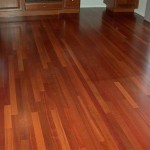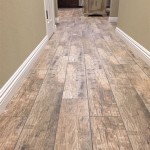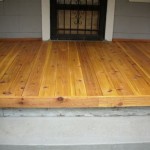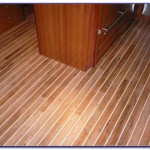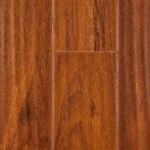Installing Floating Vinyl Plank Flooring Over Hardwood: Everything You Need to Know
If you're looking to upgrade your hardwood flooring with a modern and durable option, floating vinyl plank flooring is an excellent choice. It's easy to install, waterproof, scratch-resistant, and available in various styles and colors. In this comprehensive guide, we'll walk you through the essential aspects of installing floating vinyl plank flooring over hardwood, ensuring a professional and long-lasting finish.
Prepare Your Hardwood Subfloor
Before you begin installing the vinyl planks, it's crucial to prepare your hardwood subfloor. Ensure it's level, smooth, clean, and free of any debris or imperfections. If your hardwood floor has any uneven areas, use a floor leveler to smooth them out. Repair any damaged or loose planks by securing them with nails or glue. Additionally, remove any existing baseboards or moldings that may interfere with the installation.
Install an Underlayment
An underlayment is a thin layer of material that goes between the hardwood subfloor and the vinyl planks. It provides a cushion and helps absorb sound and moisture. Choose an underlayment that is compatible with both hardwood and vinyl flooring and follow the manufacturer's instructions for installation. Typically, an underlayment is rolled out over the subfloor and taped together at the seams.
Lay and Lock the Vinyl Planks
Floating vinyl planks are designed to be "floated" over the underlayment, meaning they are not glued or nailed down. They interlock with each other using a tongue-and-groove system. Start by laying the first row of planks along one wall, making sure the tongue side faces the wall. Angle the next plank slightly and slide it into the groove of the first plank until it locks into place. Continue this process until the entire first row is complete.
To install the second row, stagger the joints with the first row by at least 6 inches. Use a tapping block and hammer to gently tap the planks together, ensuring they are fully locked. Continue laying and locking the planks until the entire floor is covered.
Trim and Install Baseboards
Once the vinyl plank flooring is installed, trim any excess flooring around the edges of the room using a utility knife or flooring cutter. Install new baseboards or moldings to cover the expansion gap between the wall and the flooring. Use a nail gun or adhesive to secure the baseboards firmly in place.
Maintenance and Care
Maintaining floating vinyl plank flooring over hardwood is relatively easy. Regularly sweep or vacuum the floor to remove loose dirt and debris. For deeper cleaning, use a mop with a cleaning solution specifically designed for vinyl flooring. Avoid using harsh chemicals or abrasive cleaners, as these can damage the surface of the vinyl. Additionally, place protective mats or rugs under furniture legs to prevent scratches or indentations.
By following these essential steps, you can successfully install floating vinyl plank flooring over hardwood, creating a beautiful and durable new surface for your home. Remember to take your time, follow the manufacturer's instructions carefully, and choose high-quality materials for a professional and long-lasting finish.

Installing Luxury Vinyl Floors Over Engineered Hardwood Honey Built Home

Installing Luxury Vinyl Floors Over Engineered Hardwood Honey Built Home

Installing Luxury Vinyl Floors Over Engineered Hardwood Honey Built Home

How To Install Floating Vinyl Flooring Over Old Floors Simply2moms

A Beginner S Guide To Installing Vinyl Plank Flooring Dumpsters Com

How To Install Vinyl Flooring Over Hardwood Floors Wood Floor Fitting

How To Install Laminate Or Vinyl Plank Flooring Over Old Hardwood

How To Install Vinyl Flooring Over Hardwood Floors Wood Floor Fitting

Fixr Com Hardwood Vs Vinyl Flooring Pros Cons Comparisons And Costs

How To Install Floating Vinyl Plank Flooring In 5 Easy Steps Riverbend Interiors

